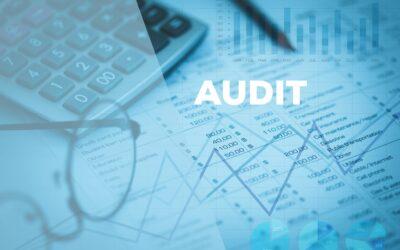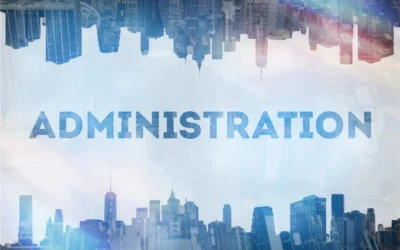Do you or your clients have a 401(k) plan that could benefit from amending to include a safe harbor provision? There is still time left to make the change this year! Generally, the plan must be amended on or before November 30, 2018 to implement the change.
ADVANTAGES
ADVANTAGES TO UTILIZING SAFE HARBOR CONTRIBUTIONS:
- Automatically pass the ADP/ACP nondiscrimination testing
- Automatically satisfies top-heavy testing if the safe harbor contribution is the only Employer contribution made
- Allows all employees to contribute the maximum allowable amounts to their 401(k) ($18,500 plus $6,000 if age 50, for 2018)
TYPES OF SAFE HARBOR CONTRIBUTIONS:
- Basic match contribution
- Enhanced match contribution
- QACA basic and enhanced contributions – this feature also incorporates an automatic contribution arrangement with a minimum 3% deferral rate that is escalated annually 1% up to 6% but no more than 10%
- 3% Non-elective contribution
Please note: IRS requires all of the above contributions to be fully vested along with no last day or service requirement; however, if the QACA safe harbor contribution is utilized, the Employer may elect to fully vest after two (2) years of service.
To read more about each type of safe harbor contribution, check out our blog, Safe Harbor Requirements for Defined Contribution Plans.
IMPORTANT DATES FOR EXISTING PLANS:
- Your plan generally must be amended on or before November 30to implement or change the safe harbor provision
- Safe Harbor Notice must be provided to all employees on or before December 1
- Safe Harbor Notices are required annually – 30-90 days prior to the beginning of a plan year.
IMPORTANT DATES FOR NEW PLANS:
- New plan must be in place for at least 3 months (e.g. October 1st– this provides all eligible participants a chance to defer)
- Safe Harbor Notice must be provided to all employees on or before September 1
- Safe Harbor Notices are required annually – 30-90 days prior to the beginning of a plan year
DISADVANTAGES
DISADVANTAGES OF A SAFE HARBOR 401(K) PLAN:
- Employer has committed to providing a safe harbor contribution for the plan year; however, IRS does provide circumstances in which the safe harbor contributions can be reduced or suspended
- IRS requires specific annual deadlines and requirements
- It can be relatively expensive, depending on the salaries of your employees
Typically, the benefits of utilizing the safe harbor contribution provision outweigh the disadvantages.
If you would like to discuss implementing or changing a safe harbor feature, please contact Jill Northup or Sheila Freund. We recommend clients discuss this issue with their legal counsel, financial advisor and CPA/accountant, so if you have interested clients, and questions arise, please contact us.



